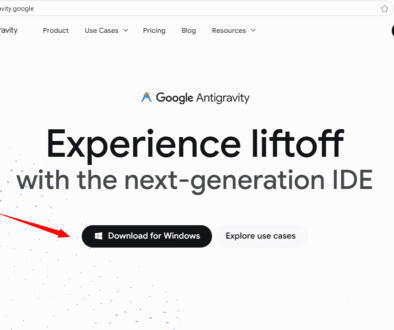AI Chatbot Components
AI Chatbot Components
AI chatbots are software applications designed to simulate human conversation using artificial intelligence. They are commonly used in websites, messaging apps, and customer service platforms to interact with users in real-time. Whether answering questions, booking appointments, or providing recommendations, AI chatbots help businesses provide fast and efficient support. Understanding how these bots work under the hood involves learning about their architecture and key components.
AI Chatbot Architecture
The architecture of an AI chatbot refers to the underlying structure that defines how the chatbot operates, processes user input, and generates meaningful responses. It is essentially the blueprint that connects various technologies such as natural language processing (NLP), machine learning models, and databases to deliver conversational experiences.
The architecture typically includes layers or modules that handle different responsibilities—from understanding the user query to formulating the appropriate reply. These layers work together seamlessly to ensure the chatbot can comprehend, reason, and respond in a human-like manner.
Core Components of an AI Chatbot
User Interface (UI)
The UI is the front-end through which users interact with the chatbot. This could be a chat window on a website, a messaging app, or a voice assistant interface. It serves as the input/output channel between the user and the bot.
Natural Language Understanding (NLU)
NLU is responsible for interpreting user input. It breaks down the user’s message to understand their intent and extracts relevant information, such as entities (e.g., dates, locations). This helps the bot understand what the user wants to achieve.
Dialog Manager
The dialog manager controls the flow of the conversation. Based on the user’s intent and context, it decides how the chatbot should respond and what steps to take next. It ensures the conversation stays coherent and goal-oriented.
Natural Language Generation (NLG)
NLG takes the response logic and converts it into a human-readable message. Instead of just outputting code or variables, it crafts sentences that sound natural to the user, enhancing the conversational experience.
Machine Learning Engine
This component improves the chatbot’s intelligence over time. It learns from past interactions, user feedback, and patterns to refine its understanding and response generation. It helps the bot adapt and become more accurate.
Knowledge Base or Backend Integration
AI chatbots often connect to databases or external systems to fetch information. This could include FAQs, product databases, CRM systems, or APIs. The knowledge base is where the bot retrieves facts and data to support its responses.
Training Data and NLP Models
The chatbot is trained using datasets consisting of user queries and responses. NLP models use this training data to recognize patterns, intents, and language structure. Continuous training helps the bot handle new questions more effectively.
Security and Privacy Layer
This ensures that user data is handled safely and that sensitive information is protected. It includes measures like encryption, authentication, and compliance with data protection regulations.
